How to tell an authentic domestic worker story in film & television
![How to tell an authentic domestic worker story in film & television]()
Spotlighting Domestic Workers: A Roadmap for Film & TV
Spotlighting Domestic Workers: A Roadmap for Film & TV
There are more than 2 million domestic workers in the United States – the nannies who take care of our children, the housecleaners who bring order to our homes, and the home care workers who ensure older adults and disabled people can live with dignity and agency as they receive care in their homes.
Domestic workers do the work that makes all other work possible and yet, they are often the least valued in our society. At the National Domestic Workers Alliance (NDWA), we believe telling authentic and complex stories of historically underrepresented communities has never been more important, and domestic workers sit at the intersection of the most pressing social issues of our time – from immigration, to labor rights, to gender and racial justice.
Over the course of a year, NDWA worked with domestic workers across the country to create the essential components of a “story ecosystem” that would reflect domestic workers’ experiences and views, hopes, visions and pride in their work. This is a set of resources that creatives can use to support them in telling bold, new, and representative stories.
Kristina Mevs-Apgar, Culture Change Director, NDWA
Rachel Birnam, Cultural & Entertainment Partnerships Director, NDWA
Heena Shah, Researcher & Narrative Strategist
Download this resource as a PDF handbook and get connected with NDWA to get updates about our work.
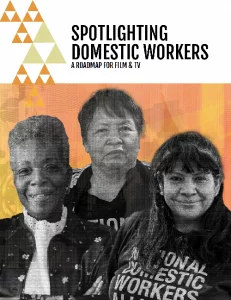
In our focus groups and interviews, domestic workers shared stereotypes/tropes they’ve encountered or are familiar with, drawing from how they are treated in the workplace as well as how they are represented in pop culture.
The stereotypes about domestic workers that came up consistently were
The reality of domestic work is
Even though we’re not on the screen a lot of times, these nannies, the housecleaners, and a lot of other domestic workers are right there at the side (out of frame). Dionne Monique
Domestic workers had very clear ideas of the way they would like to be represented and perceived, and this was intimately connected to how many of them saw themselves and the care work they do.

Throughout focus groups, domestic workers repeatedly, both implicitly and explicitly, asserted their humanity. They outlined the ways in which they are made to feel inhuman.

Domestic workers alluded to the many ways they and their work is made invisible, from their work not being appreciated by their employers (not hearing thank you, not having parents give credit for something the child has learned from them), to not being seen and protected in labor policy. The fact that many people do not understand domestic work, and all the labor that goes into it, contributes to this idea/sense of invisibility.

Across all groups, domestic workers asserted themselves as skilled professionals with vocational training, on-the-job experience, and educational backgrounds that allow them to do domestic work alongside other types of work (and in fact, many do multiple types of work). Domestic workers talked about care work itself as work that requires many different capacities and abilities, from physical, to emotional to technical. Care work also requires creativity, adaptability, energy, authenticity, proximity, and intimacy.

Our presence allows other people to do what they need to do, whether it’s to work or have leisure time.

While the domestic workers in our focus groups had many stories of the challenges they navigate in doing this work (many of which are a function of changeable structural factors), the love, care and commitment they have for their work also shone through.

Connection to other domestic workers is a source of joy, power, and pride, as well as a place to commiserate. Domestic workers would like to be shown both in their power, as well as in reality of their working experiences.

For many domestic workers, the skills they use to make a living now were first introduced to them by their own caregivers–this is a source of pride.

Domestic workers, individually and collectively, have a rich history of advocacy and movement building.
…The work that we do matters to the next generation of children that we come in contact with. That’s a big responsibility to me. So I take it seriously. And last, but certainly not least, we are essential. That’s just the bottom line. We are essential, we are doing the invisible work, just like they said, but we are essential. Gale Johnson
Our conversations with NDWA members revealed similarities in experiences that contrast starkly with representations we generally see in pop culture/media. The below archetypes were developed out of the commonalities from the testimonials of domestic workers themselves.
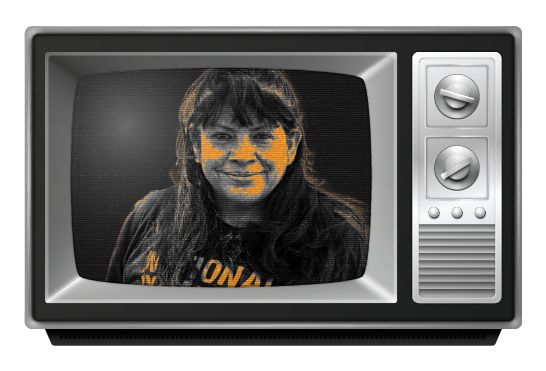
The Hustler knows how to navigate a system that is not set up to support her. She works 2-3 jobs (many of which require different skills) at once, or has a history of pivoting from job to job as needed, making ends meet to care for her people, whom she loves with a fierce determination. The hustler is an immigrant, a single mother of two kids, who works as a housecleaner during the day and cleans hotels at night. In the middle, she picks up her kids from school, makes them dinner and spends a little time with them. The hustler is a Black woman who is acting as a family caregiver for her mother, while working as an educator and organizing for domestic workers. She has left her previous work as a nurse. She has a close-knit family that is committed to caring for each other.
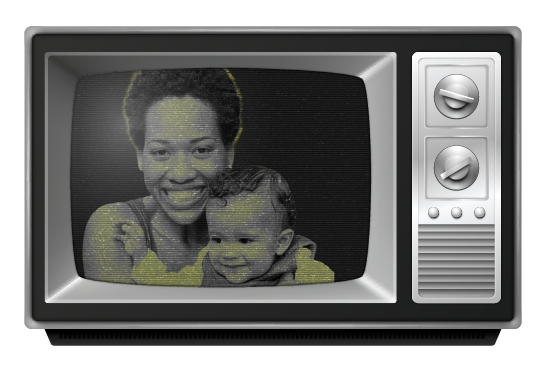
The Natural is someone who is drawn to this work. They have an ease, confidence and skill doing it. The Natural grew up in a culture that deeply values passing these skills on to children at an early age, where managing the home and caring for the children is a responsibility shared intergenerationally, and kids contribute to household responsibilities as they become more and more capable. The Natural comes from a long line of Black women who have done this work in the U.S. due to the legacy of slavery, lack of other available choices, as well as generationally passed down expertise and skills. She can easily calm a crying baby, brings creativity into redirecting an angry toddler, or knows exactly how to build trust with an older person person. She brings an energy that really lights up the people she cares for.
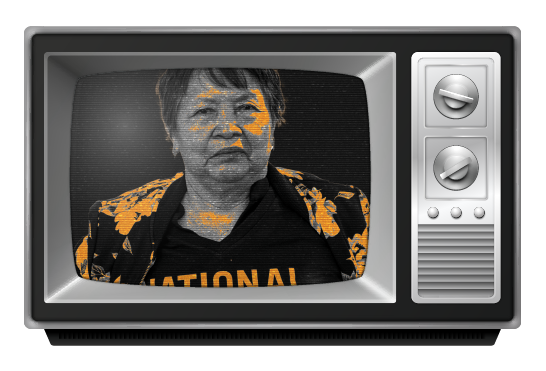
The Entrepreneur started off doing housecleaning jobs on her own, or working for agencies that paid her very little and didn’t provide reimbursement for transportation or cleaning supplies. Over time, she has established connections and relationships with the many people whose houses she has cleaned and started her own housecleaning business. She has employees she manages, a network of clients she coordinates with, and she continues to clean houses alongside her team. She works very long days in order to earn an income that can support her family.

The Professional knows exactly what she’s doing when it comes to care work. She is an expert on the many aspects of her work and her skills are sharp. She continues to refine her skills, taking immense pride in honing her craft. The Professional Nanny has many years of experience caring for children, other people’s and her own. The Professional Home Care Worker competently and lovingly cares for her older adult clients, tracking multiple medications and being aware of what foods may interact with them. She expertly navigates the physical aspects of helping someone to take a shower or go to the bathroom with a practiced ease, and brings joy and dignity to the care of older adults and disabled people. The Professional Housecleaner is a business owner, she has built a network of customers, and juggles varying cleaning schedules.
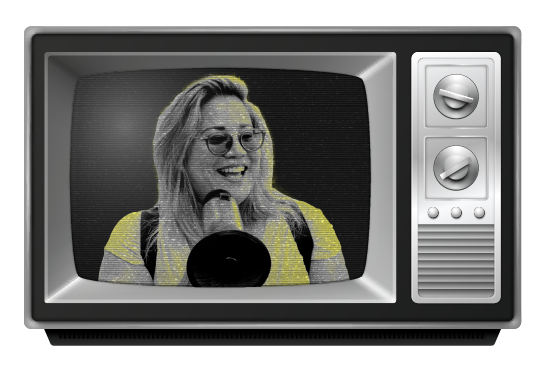
The Activist has worked as a domestic worker and, like her colleagues, confronted the many challenges of the work: wage theft, racist assumptions, unfair contracts, lack of time off, unreasonable expectations about how she does the work, and being underestimated. The activist, despite navigating challenges, knows how much care work is truly worth, is empowered to assert her rights, and is committed to lifting up all workers.
Domestic workers have a rich history full of dynamic figures, vibrant movements, and dramatic events.
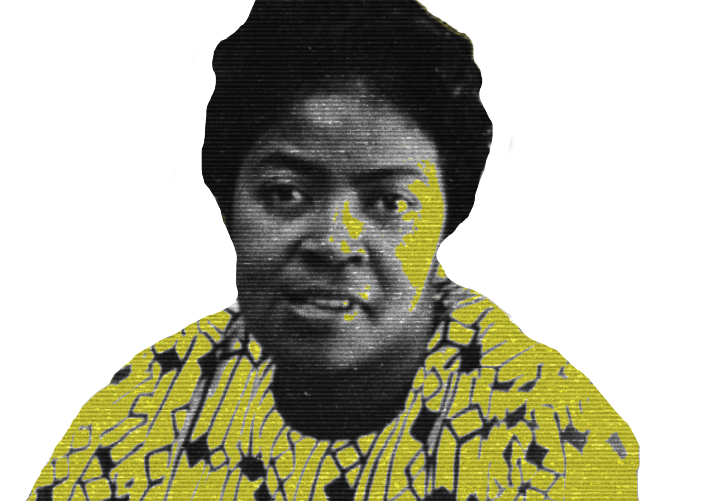
Many of us don’t know about real life hero Dorothy Bolden, but we should. She fought for civil rights alongside John Lewis, and told her neighbor, Martin Luther King Jr., that she wanted him to organize domestic workers. His response? That she should do it.
In 1968, she started the National Domestic Workers Union of America, which was an education and advocacy organization that had 10,000 members at its peak. Her life and legacy challenges the assumption that domestic workers are unorganizable–not only are they organizable, but they follow the legacy left by Dorothy Bolden and countless Black women throughout history who have laid the groundwork for our movement today. Dorothy Bolden was an absolute force, and her story deserves to be told.

After slavery, Black women confronted limited opportunities, and many worked as domestic workers with white women serving as their employers. Their experiences were often overlooked by the white progressive media of the era. Leftist Black feminist writers and activists did the work of lifting up their stories.
As a journalist at the Daily Compass, Marvel Cooke took a job as a domestic worker to highlight exploitative working conditions of Black domestic workers in white homes, culminating in a five part series in the Daily Compass called The Bronx Slave Market. Notably, she herself was the first African American woman to get hired as a reporter at a white owned newspaper in New York in 1950.
Alice Childress, a novelist, wrote Like One of the Family: Conversations from A Domestic’s Life, a fictional series of conversations between a Black domestic worker Mildred, and her friend Marge, depicting working for a white employer in New York in the 1950’s.
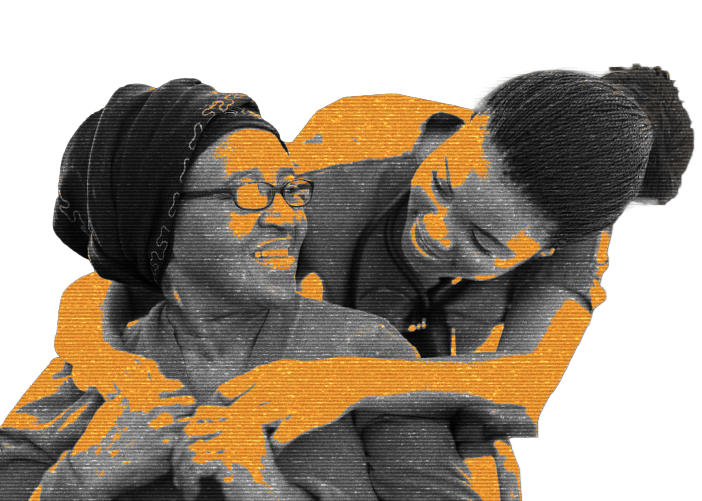
Domestic work is dignified, essential work, and yet domestic workers receive low wages, work long hours, and get no benefits. It’s no accident that the people doing this work have historically been Black, brown and immigrant women; it’s the result of policy and systems. The stories of immigrant women who make the hard choice to leave what and who they know to care for children from upper and middle class families in the United States, while leaving their own children at home (coined the global care chain) are heartbreaking, poignant, sometimes funny, and always powerful. The themes of trying to do the best for one’s families, making impossible choices in systems that don’t prioritize humans, and making it in a whole new country and culture will resonate well beyond.
For more, check out www.dwherstories.com, an interactive historical timeline designed by NWDA in collaboration with activist scholars from Smith College.
Download this resource as a PDF handbook and get connected with NDWA to get updates about our work.

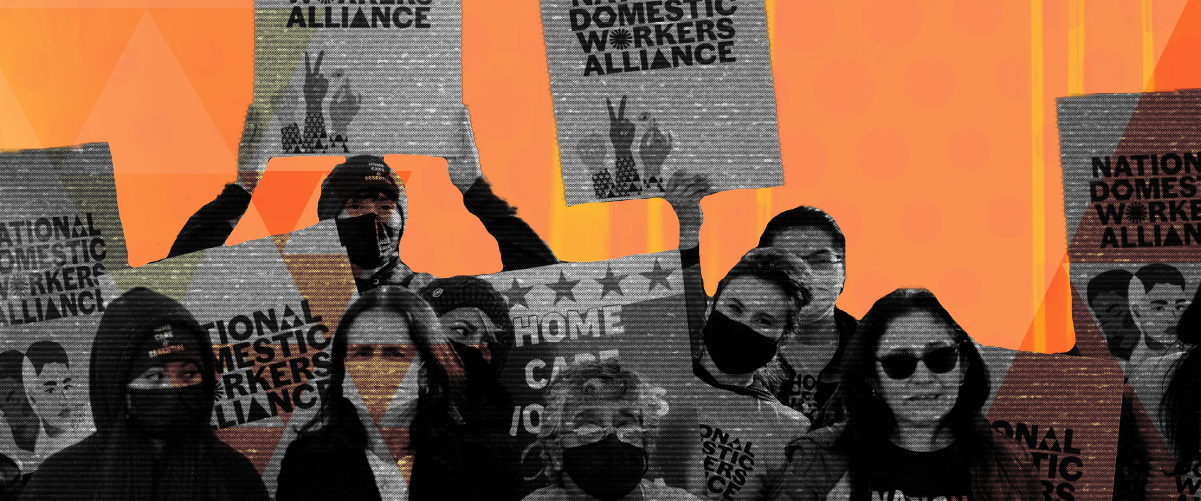
Instead of leaning into heavily overused tropes that flatten and dehumanize domestic workers, play on those tropes to create narrative twists that critique, surprise and engage viewers.
We know that narrative arcs don’t work unless there’s a conflict. Too often though, the narrative around domestic workers centers around harmful tropes–the nanny that is a threat because the employer falls in love with her, the housecleaner who steals, or a home care worker who is abusive. Bring in a different conflict that aligns with the very real challenges that domestic workers navigate every day and described in our project.
Stories of ‘bad apples,’ or families who steal wages, expecting domestic workers to do beyond what’s reasonable and other negative outliers are important, and a very real part of what domestic workers experience. But even domestic workers who work with ‘good families’ may need to work multiple jobs, struggle to make ends meet, work long hours, or lack energy to care for their own kids at the end of a long day. The system–the one that doesn’t ensure domestic workers fair wages, benefits, or paid time off–is the real bad apple. Take any opportunity to bring the system in as a character or bad guy–one that influences the way families and domestic workers alike interact.
Those of us who do care work know how it’s all things at once: beautiful and satisfying, mind-numbing and relentless, a series of thousands of tiny acts of knowing someone’s needs, patience, physical labor of sweeping, cooking, cleaning, etc. Zoom into the reality of doing this day in and day out–cracked hands from washing dishes, or lower back pain from moving cleaning supplies out of a car or lifting up a toddler, or highlight the sheer creativity and skills that home care workers bring into caring for young and old people–they are therapists, artists, medication trackers and bathers, confidants who build trust, give generously of their love, and form intimate bonds.
Domestic work is often done by Black, Latina and Asian women, many of whom are immigrants and yet in the media, we see overrepresentation of white characters in lead roles. Consider creating a character that is a genuine representative of who is actually doing the care work in our society.
Domestic workers are clear that they are not victims. And the fact is, domestic workers have a deep history of organizing for power, and were instrumental in labor rights movements. Many domestic workers interviewed on this subject have asserted their rights with employers about overtime pay or time off or negotiated more fair wages, have gone to congress to support legislation for domestic workers, and have served as spokespeople on campaigns.
It may seem obvious, but it’s certainly not from representations of domestic workers in pop culture: domestic workers are not a monolith, they are sisters, partners, mothers, and beloved friends, immigrants and U.S born, college educated and high school graduates, artists and educators, voracious readers or bike riders, leaders in their communities and politically active, people with health issues, aging parents and children they dearly love. Show people in their three dimensional humanity.
Start from the place we want to be. If you’re telling a story that takes place in the future, or a sci-fi story, create a world that depicts the types of relationships and realities we wish to see: an economy that values people over profit, a relationship between domestic workers and their employers that models partnership, appreciation, and genuine human connection and care, a government that has passed legislation that entitles domestic workers to fair pay and benefits. Domestic workers tend to be predominantly Black and Brown women–show us a story with race and class solidarity–with white domestic workers collectively organizing with Black and Brown women to make sure they all get the fair pay they deserve.
Tell the story of a domestic worker who has all the caregiving superpowers. But mess with the formula. Who is the domestic worker saving? Maybe it’s not the children or older adult she cares for, but herself, in collaboration with a crew of other superheroes, fellow domestic workers and allies? Who is the enemy? Maybe it’s not the family she works for, but Capitalism, which serves to exploit people for cheap labor, treats Black and Brown folks as those meant to do the hardest, least well-paying jobs, and continues to accumulate wealth for those in power.
Get away from the harmful narrative/trope that love stories exist between an employer and employee and focus on a new love story. The connections between a nanny and a child, or a home care worker and their older adult patient are absolutely worth exploring and representing; an underrepresented love story.
We’ve got plenty of stories about how men pass down the family business or how the wealthy pass down their wealth. But what about working class family stories? The stories of how mothers pass down the skill of taking care of a home and family to their children, and how those same women use those skills to earn a living and take care of their families?
We’re oftentimes presented as the mammy or the damsel in distress. That’s not the case at all. It’s not true of us. I do domestic work, but then I also do everything else. It’s not my personality. It’s something I do. It’s a part of me, but it’s not my personality. Kara Levy
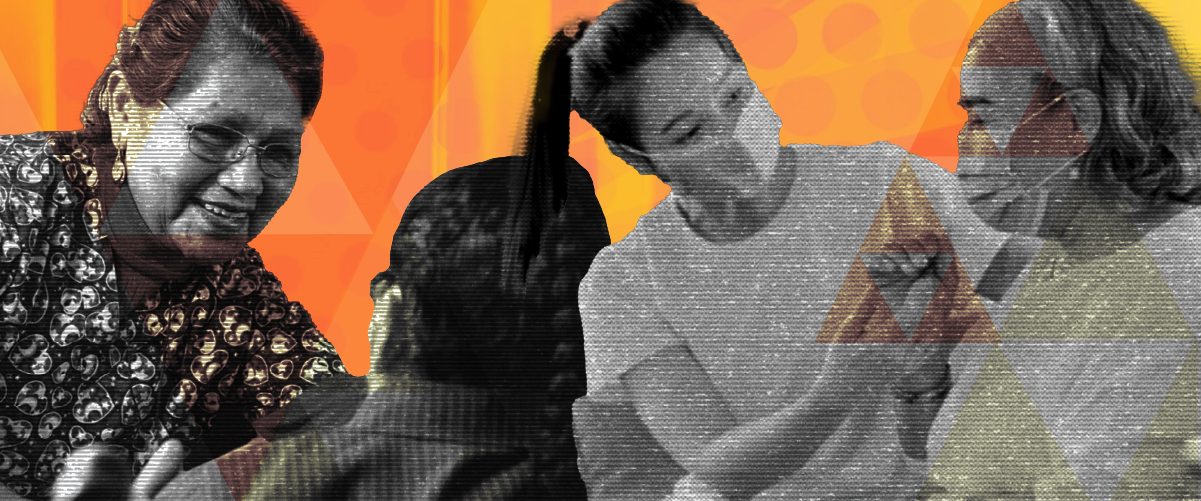
There are a number of ways to bring domestic workers, and/or care work into stories in important ways, from simply showing a generally unseen type of work or worker in the scene to centering domestic workers and domestic work in your story.
Do thorough research and speak to the experts. NDWA is here to provide consultation on the following services and more
Interested in working with us? Learn more about our Entertainment Consulting or reach out to [email protected].
Download this resource as a PDF handbook and get connected with NDWA to get updates about our work.

From Fall 2022- Spring 2023, NDWA and Heena Shah, Researcher & Narrative Strategist, undertook a project to develop resources for creative writing stories about care work and the people who do this work. This project had three parts:
Thank you to all our participants and interviewees. Domestic Workers: Tasha Wilson, Allen Galeon, Kiernan Clarke, Crystal Crawford, Lucia Aguilar, Delmys Argueta, Dionne Davis, Gale Johnson, Luz Sampedro, Rivi Mitchell, Sarita Gurung, Yaquelin Lopez, Beatriz Hernandez, Bertha Embriz, Ingrid Vaca, Rosa Rodriguez, Teresita Sattar, Adriana Cazorla, Aida Valero, Eda Elizabeth Paz, Gail Haywood, Lucimara Rodrigues, María Concepcion, Sandra Lucero, June Noble, Altagracia Kubinyi, Kara Levy, Pamela Grisham, Rebekah Alexander, Valerie Tsosie, Rivi Mitchell. Pop Culture for Change Strategists: Sue Obeidi, Charlene Jimenez, Aimee Billon, and Lydia Storie. Special thanks to writers Molly Smith Metzer and Colin McKenna for talking with us about what inspires creatives in their storytelling work. Deep gratitude to Heena Shah.
Questions? Email [email protected]
I knew I wanted to be a part of this project the moment I learned about it. It has meant the chance to talk with and listen to the incredible individuals doing the most important work there is: care work. It feels like a way to honor my mother, who raised me and my sisters while learning how to live in a whole new country. She did an endless list of things small and big that ensured that we not just grew, but knew how to be in the world. She made sure the house was clean, made nurturing meals, took us to Bharathnatyam practice, and helped us with our homework. She supported our uncles, aunties, and cousins as they immigrated here, and took care of both our grandmothers as they aged and was there when they passed away. This project has also been a chance to lift up the hard and essential work of the brilliant, creative, and loving women of color who are integral to our family’s efforts to keep our own young children alive and thriving and our house clean and tidy. There is no way we would be where we are without them. If we acknowledged how fundamental care is for all of us, as this project does, we would live in a better world. Being able to connect to complex, nuanced stories about care work and the people who do it is one powerful way to get to this world.
1 The Life and Legacy of Dorothy Bolden:
2 Black Domestic Workers and Black Feminist Writers:
3 The Export of Care: